Trending Now
Cat lover or not, there’s no denying that cats make the word go ’round – or at least, they make the internet the place everyone wants to be.
Cats, cat videos, funny videos of people giving thoughts to their cats…whatever it is, if there’s a cat in it, people are down.
For all of the people in the world who love cats, though, do we really know everything there is to know about living with (and catering to) our feline friends?
If you’re looking to know more, we’ve got 50 facts that run the gamut from basic to totally interesting, so snuggle up your kitty and take a gander!
50. People have been showing cats since at least 1871.

Image Credit: Pexels
In July 1871, hundreds of cats were put on display at London’s Crystal Palace.
The world’s first major cat show was attended by more than 200,000 guests, which is just proof that loving cats like, a lot, is nothing new.
49. Cats spend up to 50% of their day grooming themselves.
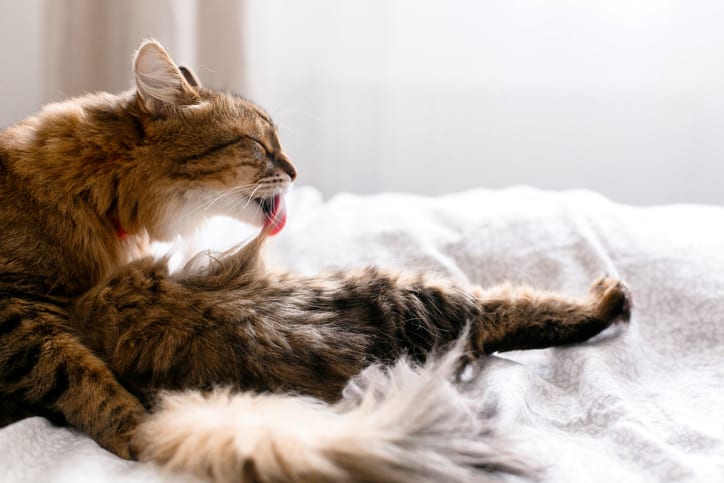
Image Credit: iStock
Cats groom themselves for several reasons, such as toning down their scent to avoid predators, cooling off, promoting blood flow, and distributing oils naturally through their coats.
Shared grooming sessions also serve as a sign of affection between cats, and experts also believe their saliva could contain enzymes that serve as a natural antibiotic.
48. Some breeds are naturally larger than others.
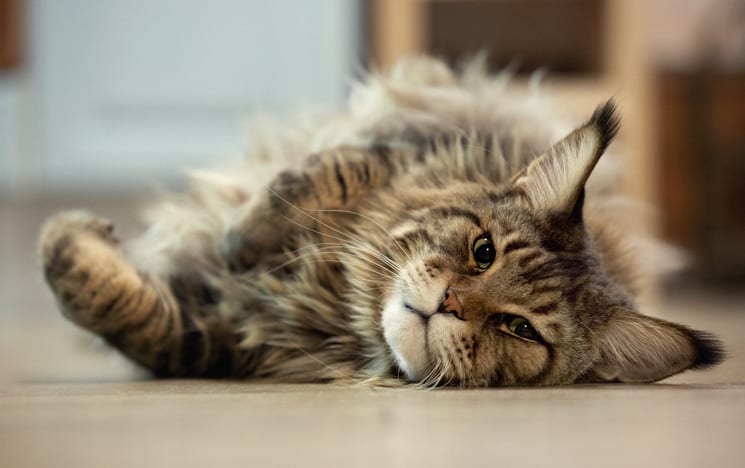
Image Credit: iStock
The majority of cats in the world weigh just under or over ten pounds, but some breeds exceed those numbers by quite a bit.
The Norwegian Forest Cat, Maine Coons, and Ragdolls weigh between 15-22 pounds on average, which makes them quite a load in that little carrier.
47. Purring doesn’t necessarily mean they’re content.

Image Credit: Pexels
It is true that cats purr when they’re content.
However, they also purr when they’re sick, stressed, hurt, or even while giving birth.
Basically, don’t assume the sound means they’re happy.
46. Cute cat videos predate the internet.
This clip all but proves cat videos have been making the world go ’round long before they took up permanent residence on the top of the YouTube charts.
Thomas Edison (totally on brand) filmed two cats “boxing” inside a small ring in 1894.
45. Purring could help improve their bone density.
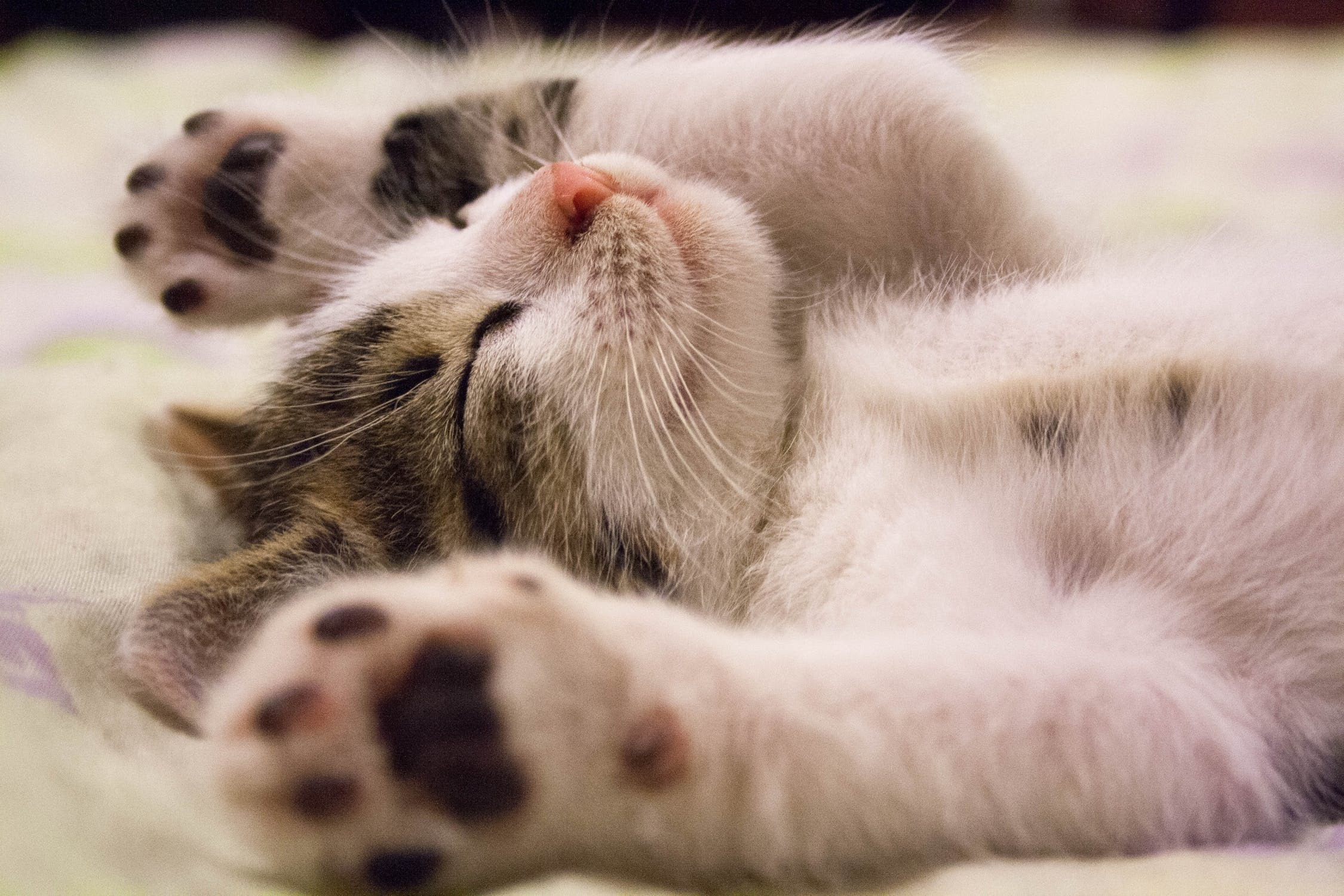
Image Credit: Pexels
Experts, like associate veterinary school professor Leslie A. Lyons, aren’t sure why cats purr, but one hypothesis is that the sound frequency of a purr – between 25 and 150 Hertz – can “improve bone density and promote healing.”
She wrote in an article for Scientific American, “because cats have adapted to conserve energy via long periods of rest and sleep, it is possible that purring is a low energy mechanism that stimulates muscles and bones without a lot of energy.”
44. There was a video game based on Socks, President Clinton’s cat.

Image Credit: K-starter
Socks, a black-and-white tuxedo cat, lived in the Oval Office during Bill Clinton’s tenure as President.
During the early 1990s. Super Nintendo Entertainment System created a game called Socks the Cat, which featured the First Feline in Chief.
It was never officially released and was even thought for a long time to have been lost, but recently collector Tom Curtin bought the only copy in existence.
He also purchased the rights and partnered with game publisher Second Dimension to bring Socks the Cat Rocks The Hill out in 2018.
43. A cat’s nose has receptors for catnip.
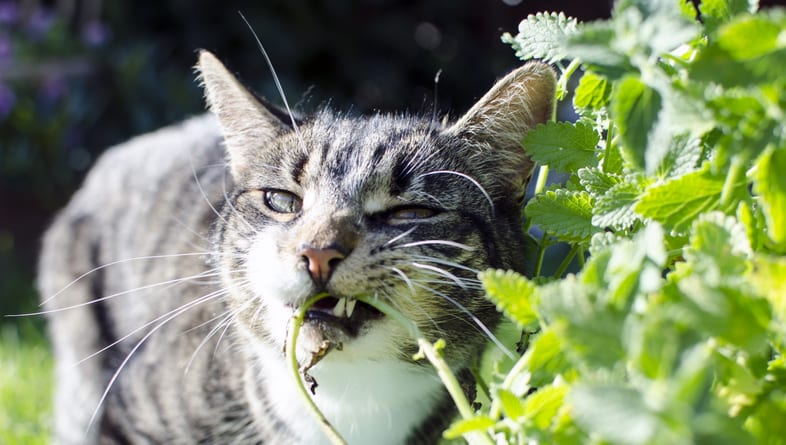
Image Credit: iStock
The herb catnip contains several chemical compounds, including one called nepetalactone.
Cats can detect that particular chemical compound with special receptors in their noses and mouths, which triggers those odd behaviors we associate with “kitty weed.”
That’s why you might see your beloved cat sniffing, shaking or rubbing their head, and rolling around on the ground.
Don’t worry. They’re okay.
42. Not every cat is into catnip.

Image Credit: Pexels
Despite urban legend, though, a little less than half of cats respond to catnip at all.
Scientists aren’t sure why some cats go nuts and others don’t, but they do know it’s hereditary.
If your cat had a catnip-sensitive parent, they’ve got a 50/50 chance of having the same sensitivity.
If both parents crave the plant, the odds of the kitten wanting the same fix goes up to three in four.
41. They’re great at sniffing things out.
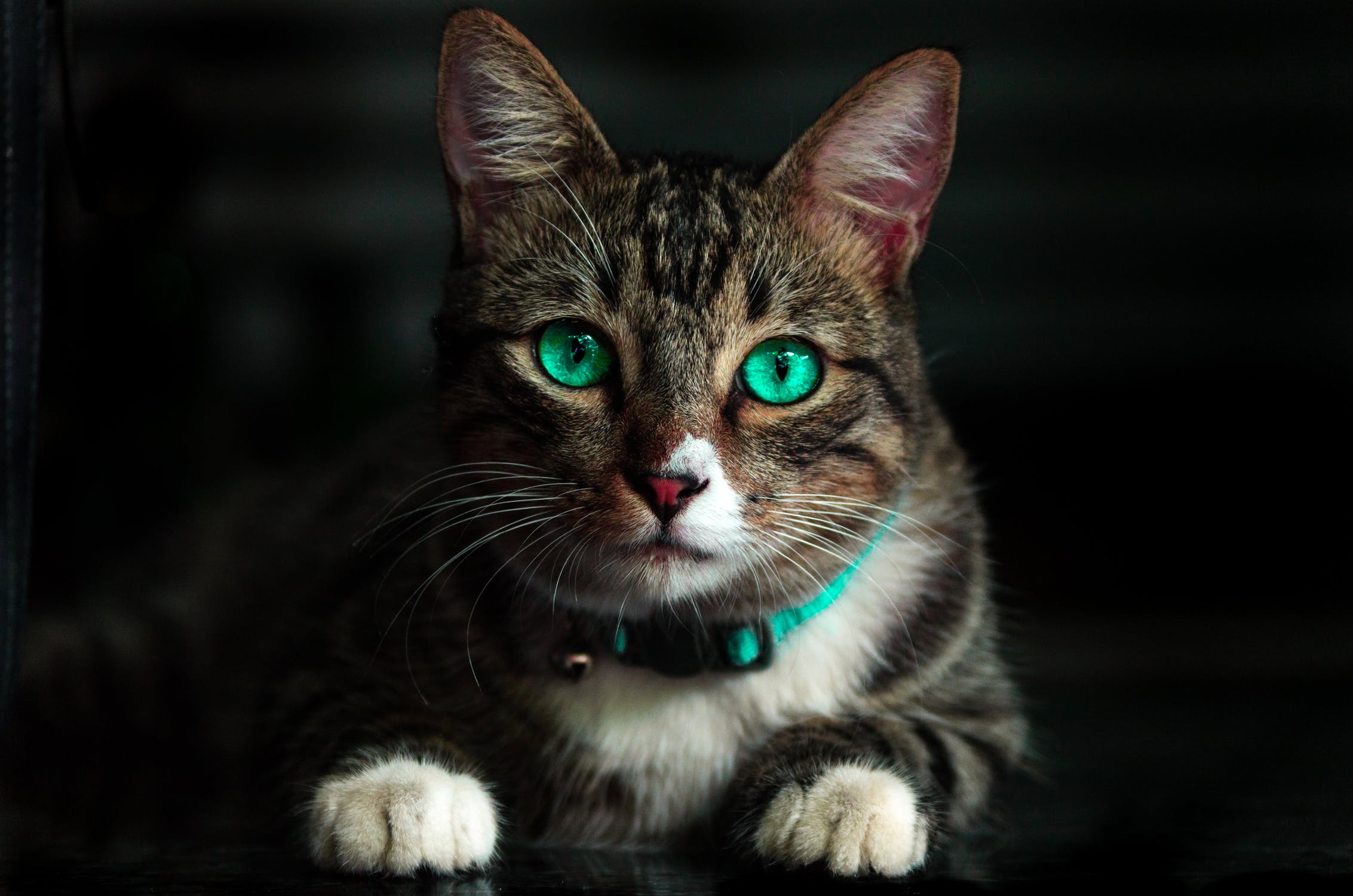
Image Credit: Pexels
In the 1960s, a man named Henry Helb lived in the Dutch Embassy in Moscow with two Siamese cats.
He noticed his pets were arching their backs and clawing at one of the walls, and Helb, convinced the cats could hear something he didn’t, went looking behind them.
He found 30 tiny microphones, and instead of busting the spies, he and his staff used them to pass wrong or irrelevant information onto whoever was listening.
40. Some cats have extra toes.
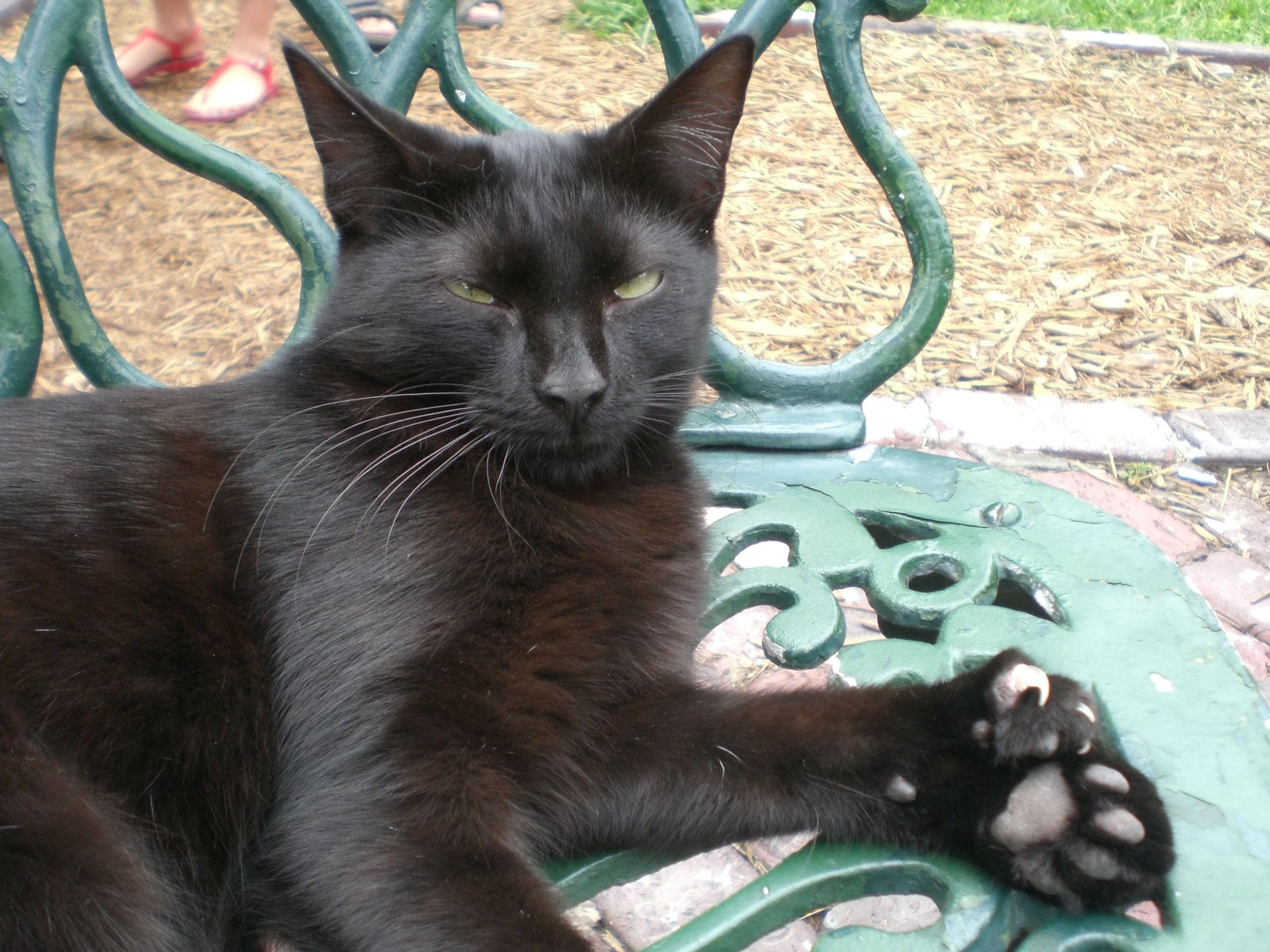
Image Credit: Averette
Polydactyl cats have 6 toes, and are fairly adept at picking things up.
Maine Coons are particularly likely to have the adaptation.
39. There is a world’s richest cat.

Image Credit: Land of Cats
His name is Blackie, and you can find him in the Guinness World Record Book under Wealthiest Cat.
He inherited the funds from his owner, a rich British antique dealer named Ben Rea.
The cool $13 million was split among three cat charities, all of whom take turns watching over the beloved feline.
38. Male cats have barbed ding dongs.
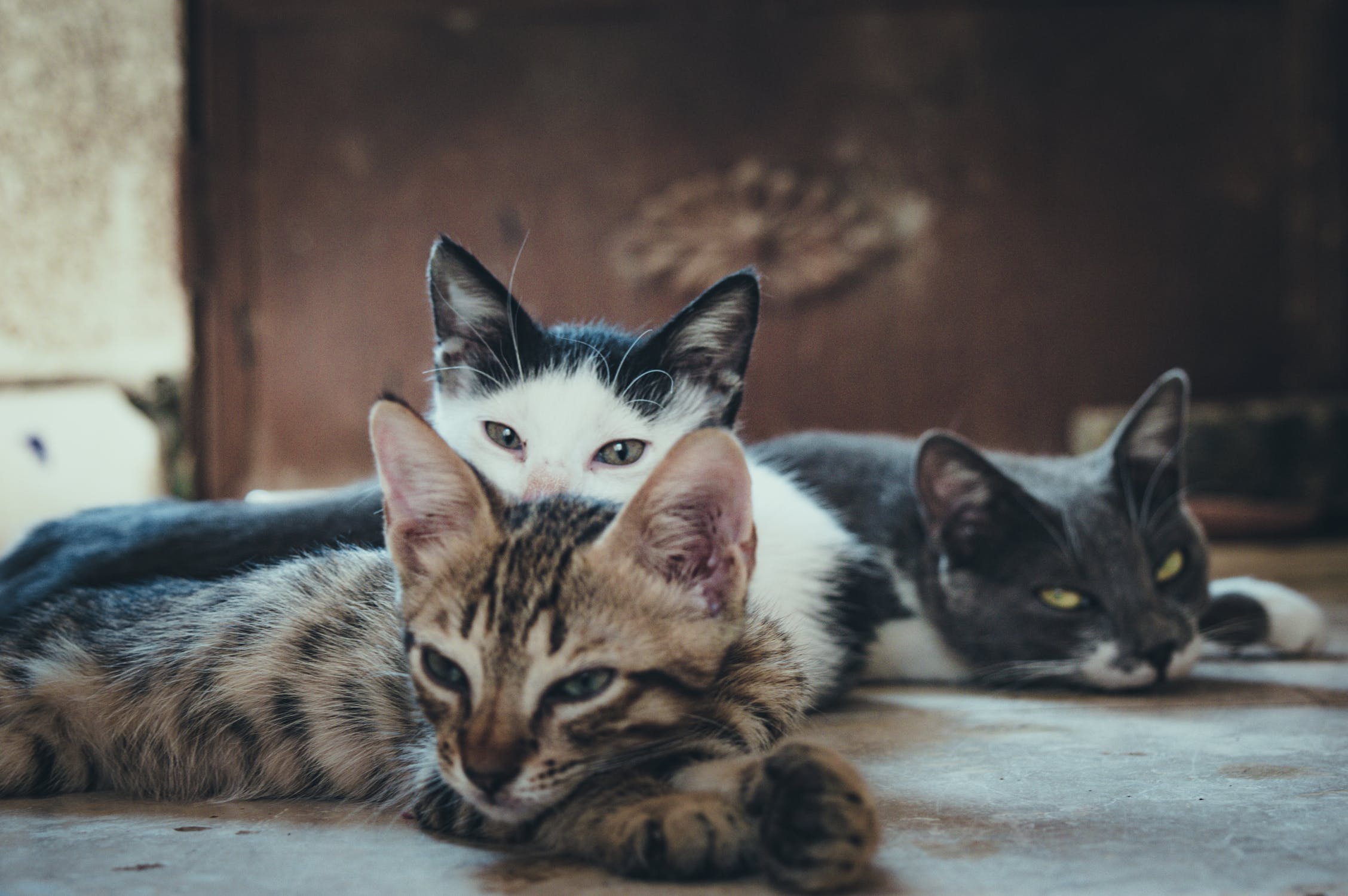
Image Credit: Pexels
If you’re a female cat, copulation isn’t the funnest time, and it could be part of the reason why they tend to be loners.
Male shafts are barbed in order to stimulate the female’s privates, which inspires an ovulation – and also keeps her from running away before he’s done.
Yikes.
37. Cats are not fans of music.
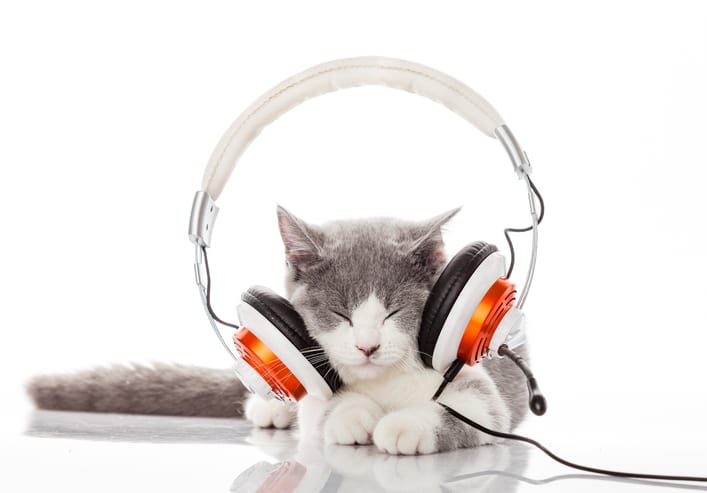
Image Credit: iStock
If you’ve ever heard cats yowling in the night (probably because a female is being forced into mating), you’re probably not surprised to learn they really don’t consider what humans listen to pleasant music.
At least they have people like composer David Teie on their side; in 2015 he partnered with animal scientists to make an album called Music for Cats.
According to his website, the songs are “based on feline vocal communication and environmental sounds that pique the interest of cats.”
Hmmm. I wonder if it’s on Amazon Prime Music…
36. College graduates are more likely to be cat owners.
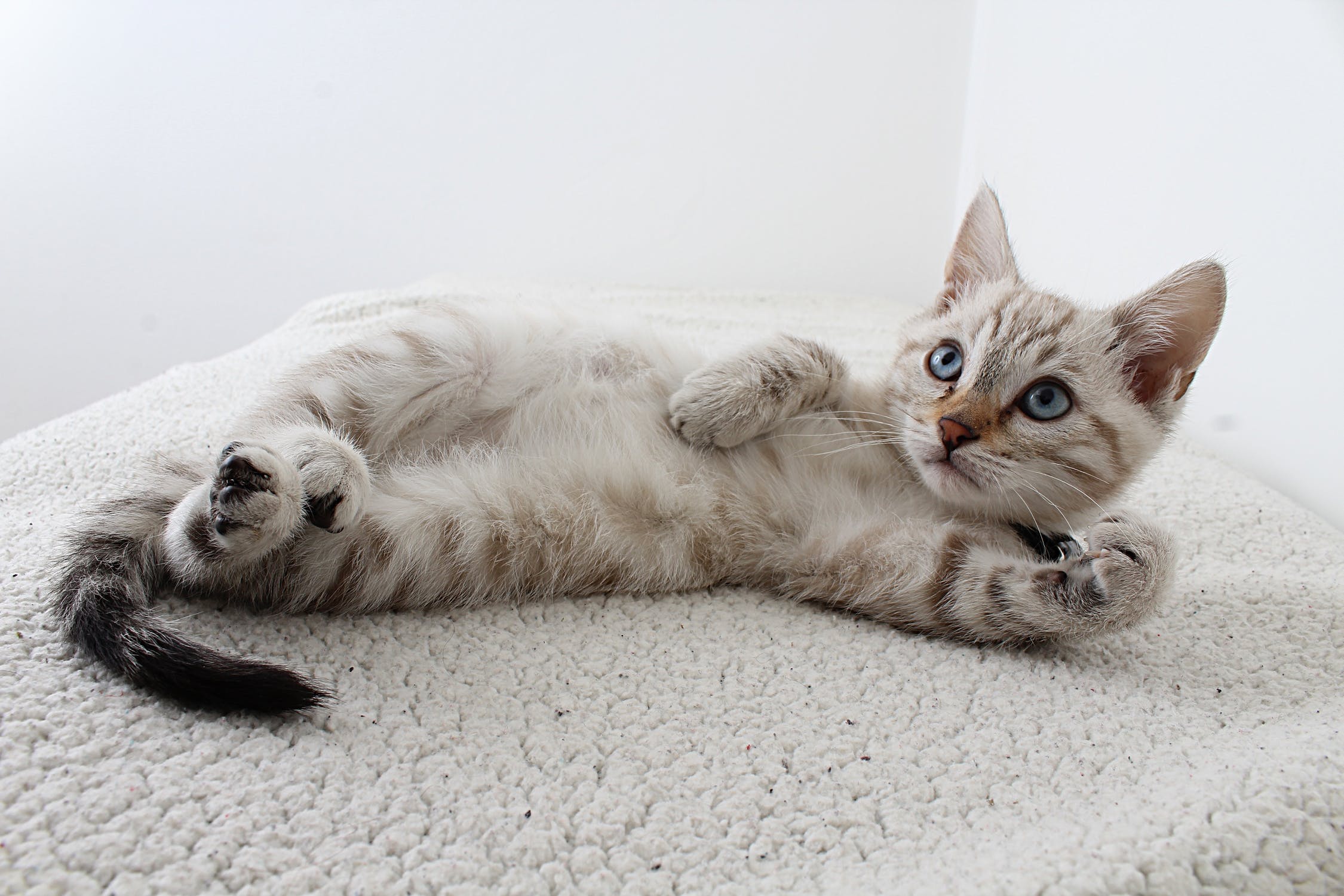
Image Credit: Pexels
According to 2010 research collected by the University of Bristol, people who have graduated from college are about 1.36 times more likely to own a cat than other people who own pets.
After studying the more than 3,000 survey responses about the person’s pets, geography, and academic history, researchers believe they can chalk up the slightly higher chance of cat ownership to the fact that they’re typically more low-maintenance than a dog, and therefore better suited to people with thriving careers.
35. A group of kittens is called a “kindle.”

Image Credit: Pexels
A group of kittens all born to the same mama at the same time is called a “kindle,” and I have to believe that Amazon knew that when they chose the name for their e-reading – cats and books just go together, right?
If you’re curious, a group of adult cats roaming the street isn’t a pack – it’s a “clowder.”
34. Cats have more bones than humans.

Image Credit: Museum of Veterinary Anatomy FMVZ USP
Humans have 206 bones in their bodies (keep ya dirty jokes to yourself), while cats come with 244.
I’m going to have to check out a skeletal diagram, but I bet the tail accounts for at least a few of those extras.
33. Many famous historical figures were cat lovers.
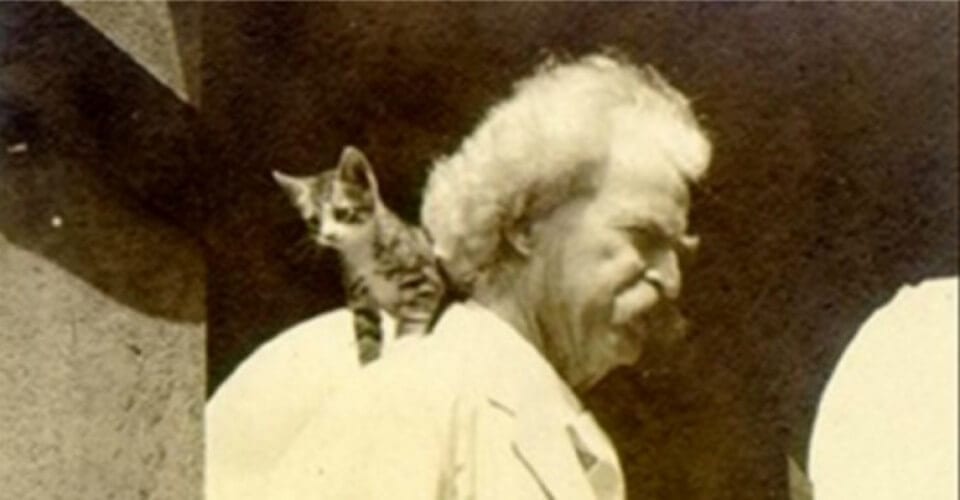
Image Credit: Land of Cats
Cat lovers are in good (and creative) company when it comes to well-known historical figures.
People like Florence Nightingale, Pope Paul II, Mark Twain, and the Bronte sisters all owned (and of course, adored) cats.
32. Abraham Lincoln was CRAZY for cats.

Image Credit: Public Domain
Abraham Lincoln could vie for the craziest cat man in history, though – once, when his wife Mary Todd asked about Abe’s hobbies, he reportedly replied “cats!”
It should be noted that Lincoln also owned and loved dogs, which proves he was just an all-around good guy in my book.
31. There’s a name for someone who loves cats.
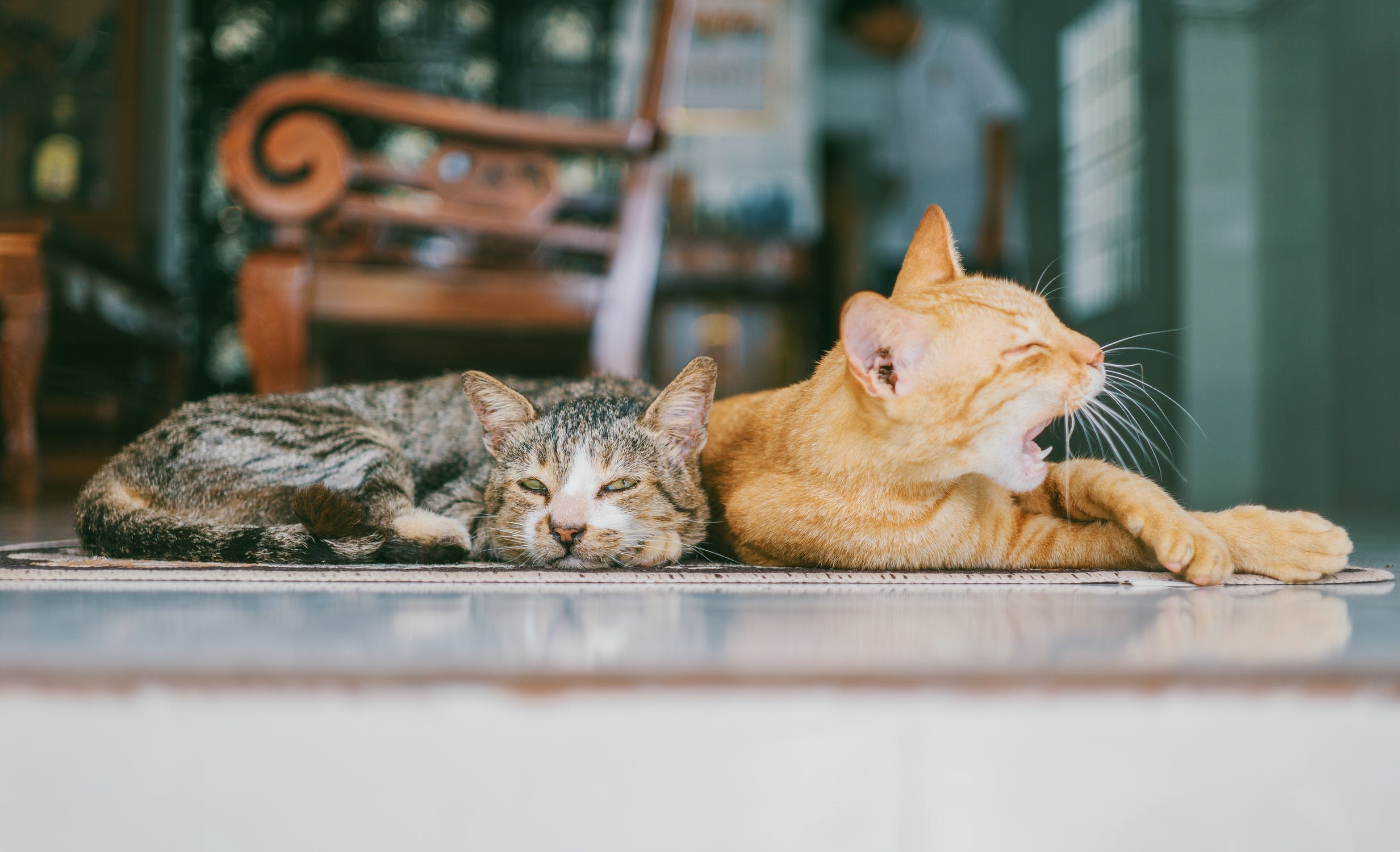
Image Credit: Pexels
If you love cats as much as Lincoln did, try adding the word ailurophile to your vocabulary.
Sure, no one will know what you’re on about, but you can drop it into a casual conversation and educate the masses on what “cat lover” really means.
And, to take it one step further, you could break it down to the Greek – ailouros being the word for “cat” and the suffix –phile meaning “lover.”
So just remember to keep those ailurophobes out of your life, eh?
30. Not all cats have fur.

Image Credit: Pexels
Specifically, Sphinx cats are hairless, or furless, but still manage to maintain an average body temperature around four degrees warming than a typical cat.
Mother Nature is a mad scientist, friends!
29. Cats have been in space.
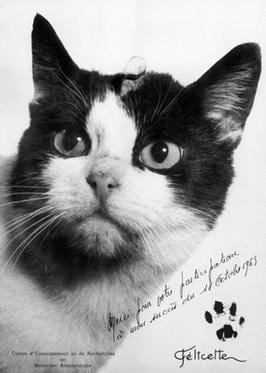
Image Credit: Public Domain
French scientists launched the first cat into space in a rocket on October 18, 1963.
Felicette made it safely up and back down again, using a parachute to descend gently back to Earth.
No official word on whether or not she landed on her feet, though.
28. There’s a reason cats don’t like water.

Image Credit: Pexels
According to experts, it could be because, like the rest of us, cats like to be comfortable and walking around with soggy fur is the opposite.
It could also be because it scares them to lose control of their buoyancy.
27. But some cats break the mold.
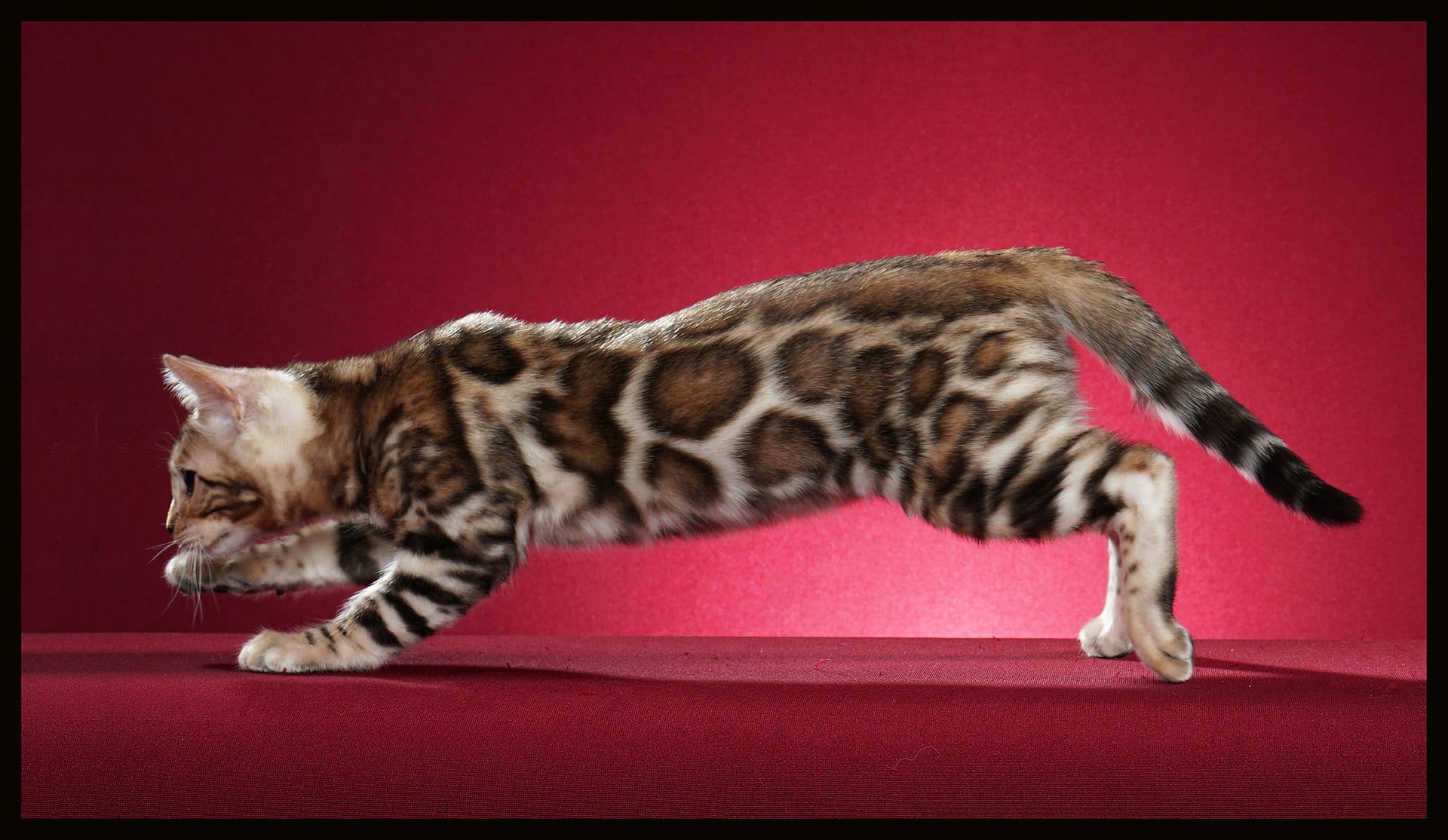
Image Credit: Lubbad85
Some cats do enjoy the occasional dip, though, including the Turkish Van, Maine Coons, and Bengals – no matter the species, there always have to be a few who go against the grain!
26. The world’s oldest living cat is a thirtysomething.
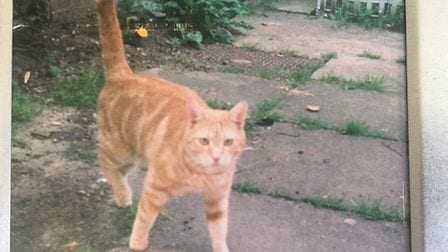
Image Credit: Eastern Daily Press
The average lifespan of a cat is between 12-18 years, and while most of us have known a cat who made it to – or a bit beyond – that upper threshold, I doubt they’ve lived to be 35.
The current oldest living cat just passed his 35th birthday – he’s a tabby living in Britain, and his name is Henry.
25. But there’s no Guinness World Record for the fattest cat.
https://www.youtube.com/watch?v=yAIGLAgEa84
There used to be records for the fattest animals, but Guinness found that people are terrible (not news) and would intentionally overfeed their pets in an attempt to get into the record books.
If there were a record attained somewhat naturally it would be Katy, a Siamese cat who lived in Asbest, Russia.
She was given hormones to stop her from mating and the treatment had a surprising side effect: it made her ravenous.
So ravenous, in fact, that at one point she weighed more than 50 pounds.
24. Cat’s love a small space.
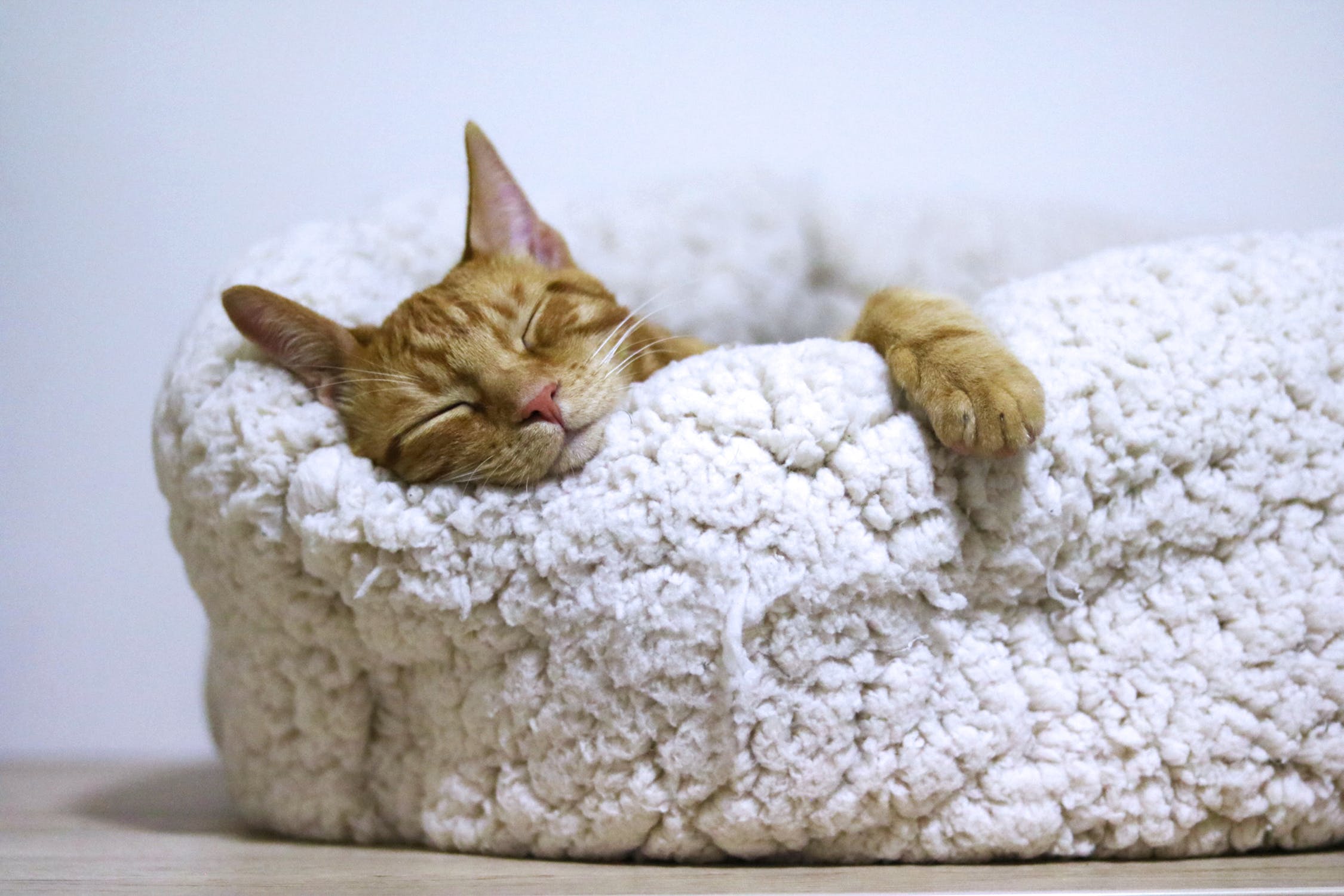
Image Credit: Pexels
The phrase “if it fits, I sits” means cats will squeeze themselves into very small spaces whenever possible, and animal experts think that’s because it makes them feel more protected, secure, and important – sort of like being back in the womb.
Shelter workers have known this for some time, as any time they’re given boxes to snuggle in the adjust more quickly and are less stressed than cats left alone in their cages.
Sleeping in a smaller space also helps cats retain more body heat, and so they can stay relaxed and get more rest, too.
23. A massage from a cat is more than a kind gesture.

Image Credit: Pexels
You might find it sweet when your cat kneads your leg or your belly (as long as their claws stay retracted), but experts believe your cat is actually marking you as part of their territory through the process.
Cats have scent glands in their paws, which is part of why kittens knead their mama’s belly while nursing – it stimulates milk production.
So it makes sense that if the behavior carries over to adulthood, those glands would still be useful for something.
22. No one knows why cats meow.

Image Credit: Pexels
Cat experts do know why kittens meow – it’s to get their mother’s attention – but as to why full-grown cats might do the same, they’re not totally sure.
They think the behavior grew out of their connection to humans, since cats don’t meow when interacting with other cats.
Instead, they use those noises they made as kittens to convey their emotions and needs to their human “parents” in the same way.
21. At least one cat painting is worth nearly $1m.
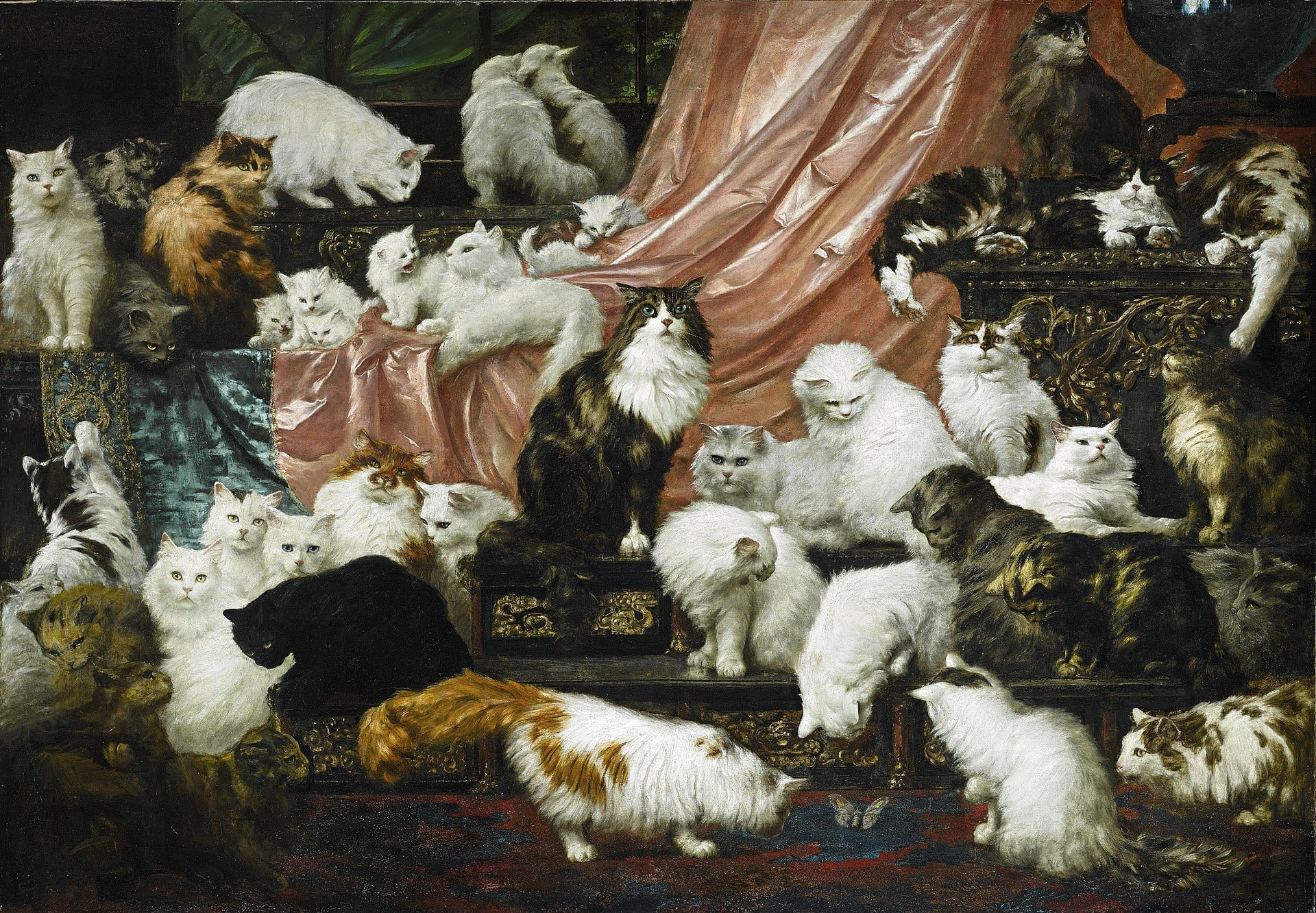
Image Credit: Public Domain
In 2015, the “world’s largest cat painting” – an oil painting that measures 7-by-8.5 feet – sold at auction for more than $820,000.
The work is called My Wife’s Lovers and once belonged to wealthy philanthropist Kate Birdsall Johnson.
She owned dozens (maybe hundreds) of cats and commissioned the painting of her beloved Turkish Angoras and Persians.
20. Cats actually sweat.

Image Credit: Pexels
Cats paws are full of secrets, and one of them is that they allow cats to sweat.
They also pant, if they get really hot, but if you see that happen you should help your friend cool off as soon as possible.
19. They don’t always land on their feet.

Image Credit: Pexels
More often than not, cats do land with all four paws solidly on the ground.
Cats have a great sense of balance, even when they’re falling, and can use their flexible backbone to adjust their bodies in the air.
The can also spread their legs out to “parachute” down, and since they’re small and light-boned, that often means falls won’t be as hard as they would be for another creature.
That said, people shouldn’t go around testing this theory, because the cat could get hurt – it’s not a 100% of the time thing.
18. They spend the majority of their lives asleep.
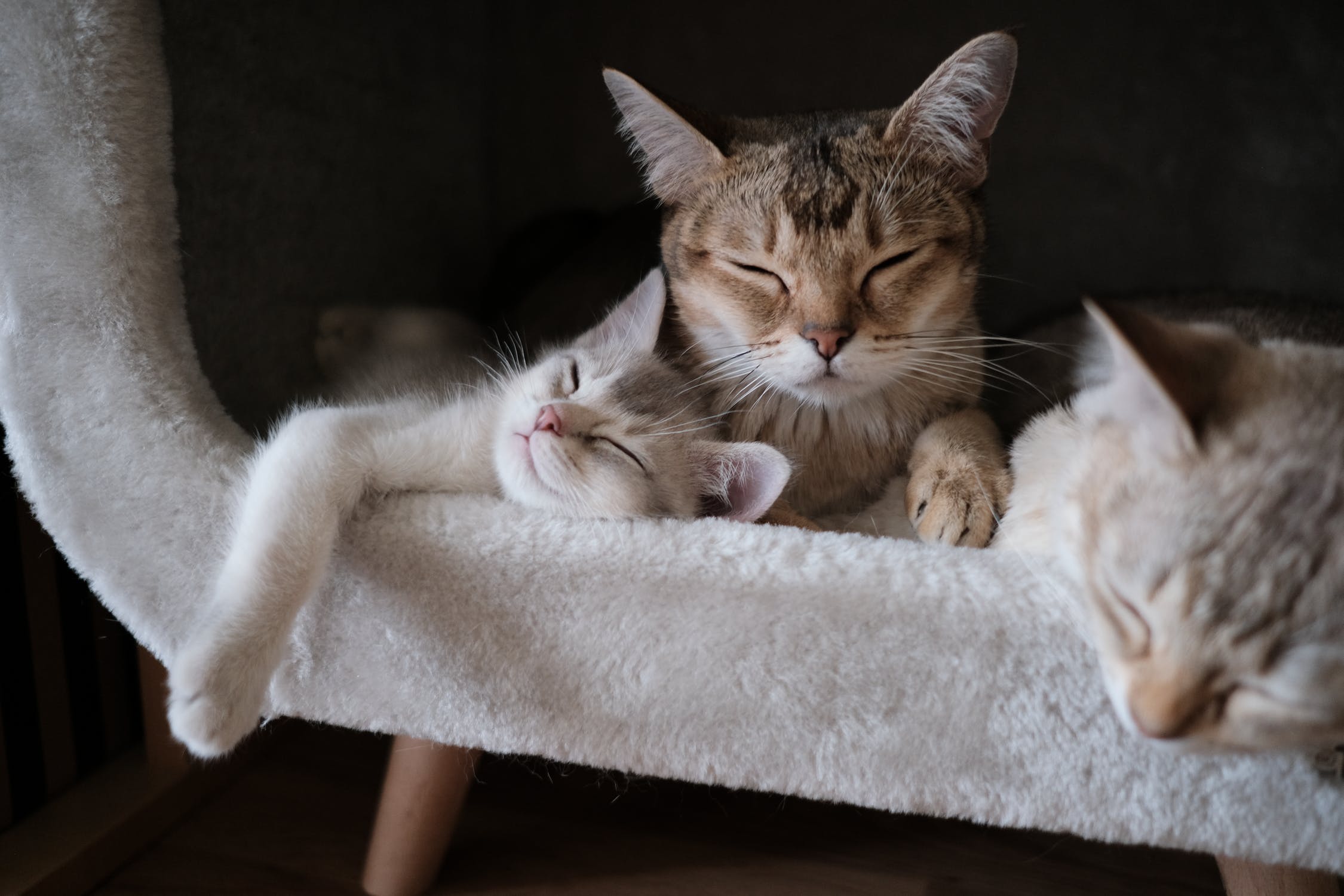
Image Credit: Pexels
One estimate says that cats spend two-thirds of their lives asleep.
So yeah – the vast majority of their lives are spent sleeping or grooming themselves.
17. America loves Exotics.

Image Credit: catza.net
A 2018 survey found that the most popular cat breed in America was the Exotic – a flat-faced cat that’s basically a short-haired version of a Persian cat.
The second most popular was the Ragdoll, with the British Shorthair coming in 3rd.
Personally, my favorite is “the cat who showed up on my porch and wouldn’t leave.”
16. Some hotels keep cats in their lobby.

Image Credit: The Algonquin Hotel
It’s kitschy, you know?
Bodegas are known for keeping a resident feline, and the Algonquin Hotel, which has graced midtown Manhattan for a century, also has kept a lobby cat since the early 1920s.
The current resident is known as Hamlet. He assumed his post after the passing of Matilda III, who “moved on” in October of 2017.
15. T.S. Eliot thought cats were downright poetic.
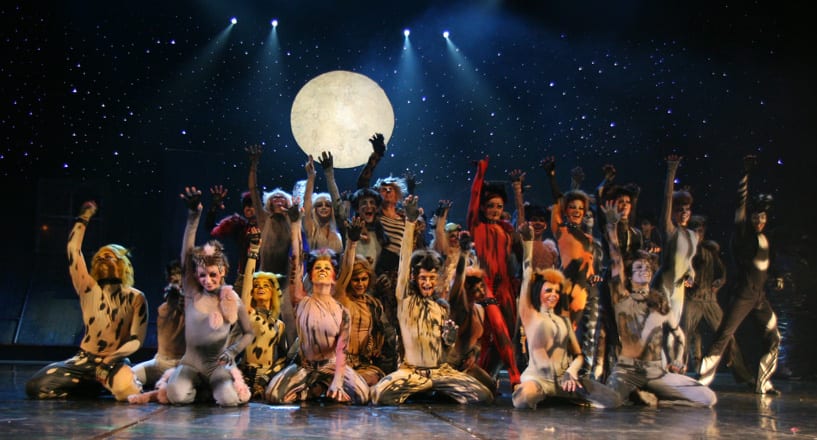
Image Credit: Wikimedia Commons
The musical Cats is based on a collection of T.S. Eliot poems called Old Possum’s Book of Practical Cats.
Published in 1939, it follows the antics of a group of cats, and originally, a pack of dogs, too.
Eliot cut the dogs, saying that they “don’t seem to lend themselves to verse quite so well, collectively, as cats.”
The rest is, of course, history.
14. Disneyland’s feral cats have a big job.

Image Credit: iStock
Around 200 feral cats call The Happiest Place On Earth home, and they earn their keep by controlling the park’s rodent population.
All of the cats are spayed or neutered, and they also receive medical care and the occasional extra bit of food for their efforts.
13. Your cat might be allergic to you.
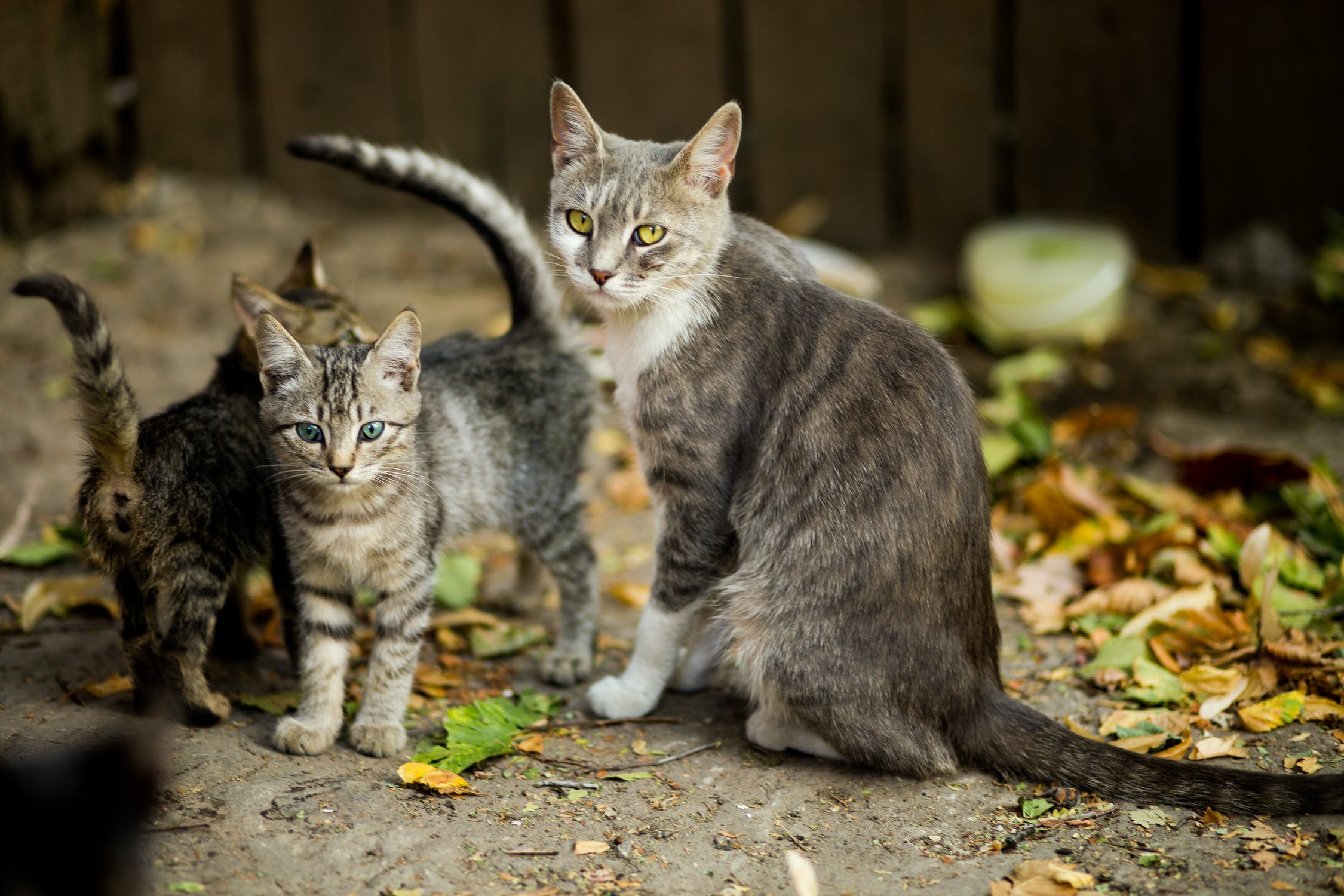
Image Credit: Pexels
There are a good portion of people who are allergic to cats, but you might be surprised to find the irritation can go both ways.
1 in 200 cats has asthma, a condition that continues to rise among cats who are subjected to smoke, dust, human dandruff, and pollen indoors.
12. They were not made to be letter carriers.
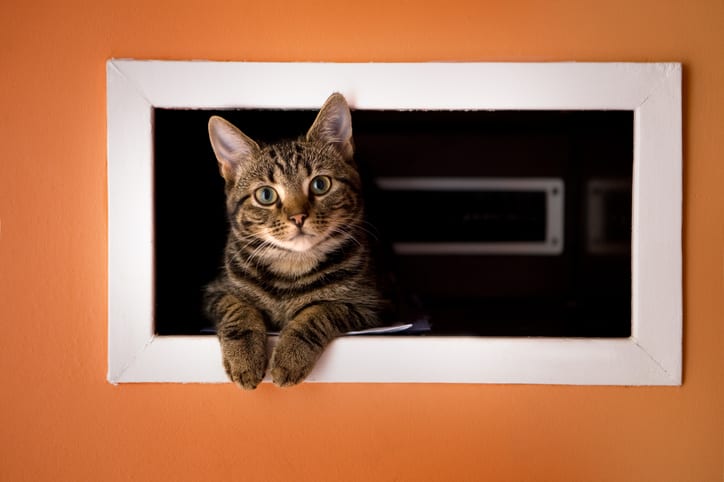
Image Credit: iStock
We know because in the 1870s, the city of Liege, Belgium, tried giving them the job.
Their attempt to train 37 cats to deliver letters in waterproof bags tied to their necks didn’t go all that well – the letters were late when they got to the correct address at all.
Anyone who has ever tried to train a cat is not surprised.
11. In Japan, a cat manages a train station.

Image Credit: Wikimedia Commons
There’s an adorable “stationmaster” in Southeastern Japan – a 7-year-old calico cat named Nitama.
Wakayama City “hired” Nitama in 2015 after losing their previous feline stationmaster, Tama, at the age of 16.
10. Quotation marks are all about cats.
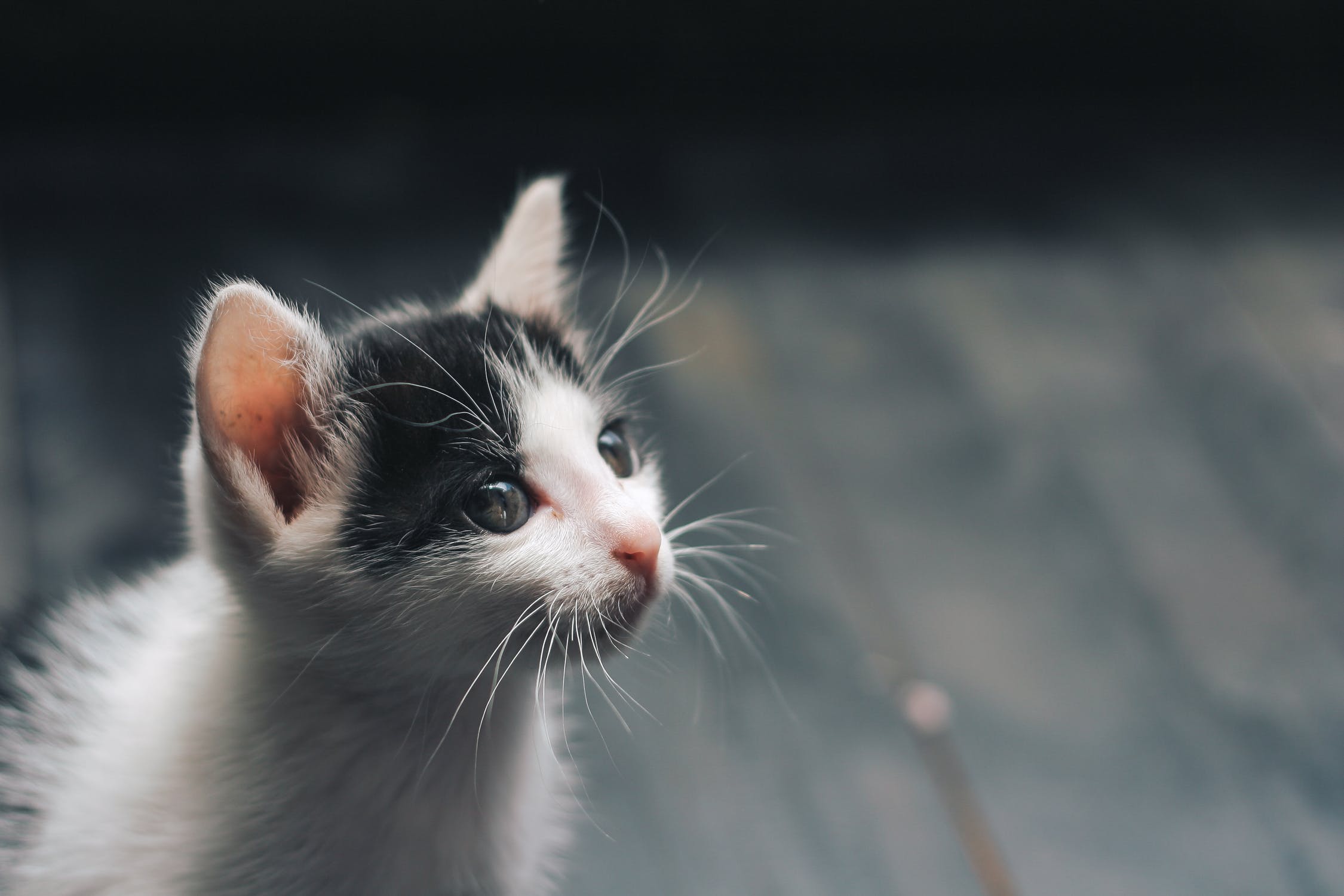
Image Credit: Pexels
The Hungarian word for “quotation marks” is macska karom, which literally translates to “cat claws.”
Bet you’ll never look at them in quite the same way again!
9. Cats are fast.
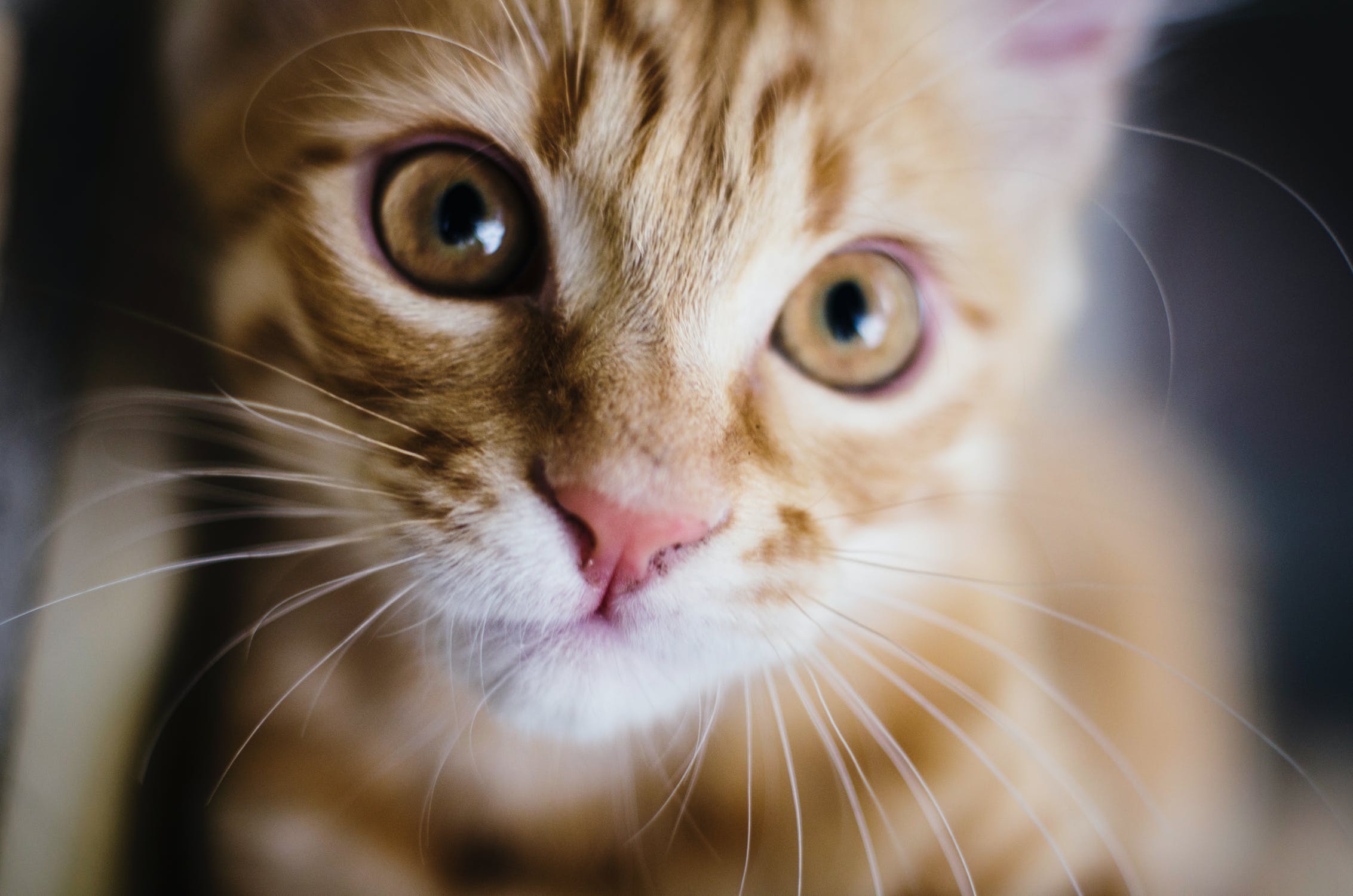
Image Credit: Pexels
Dogs, horses, and other breeds might come to mind first when you’re thinking about fast animals, but the fact is that your house cat could probably give some of them a run for their money.
The average running kitty can clock around 30mph, after all, so don’t bother giving chase if one darts away from you.
8. More people in the States have cats than dogs.
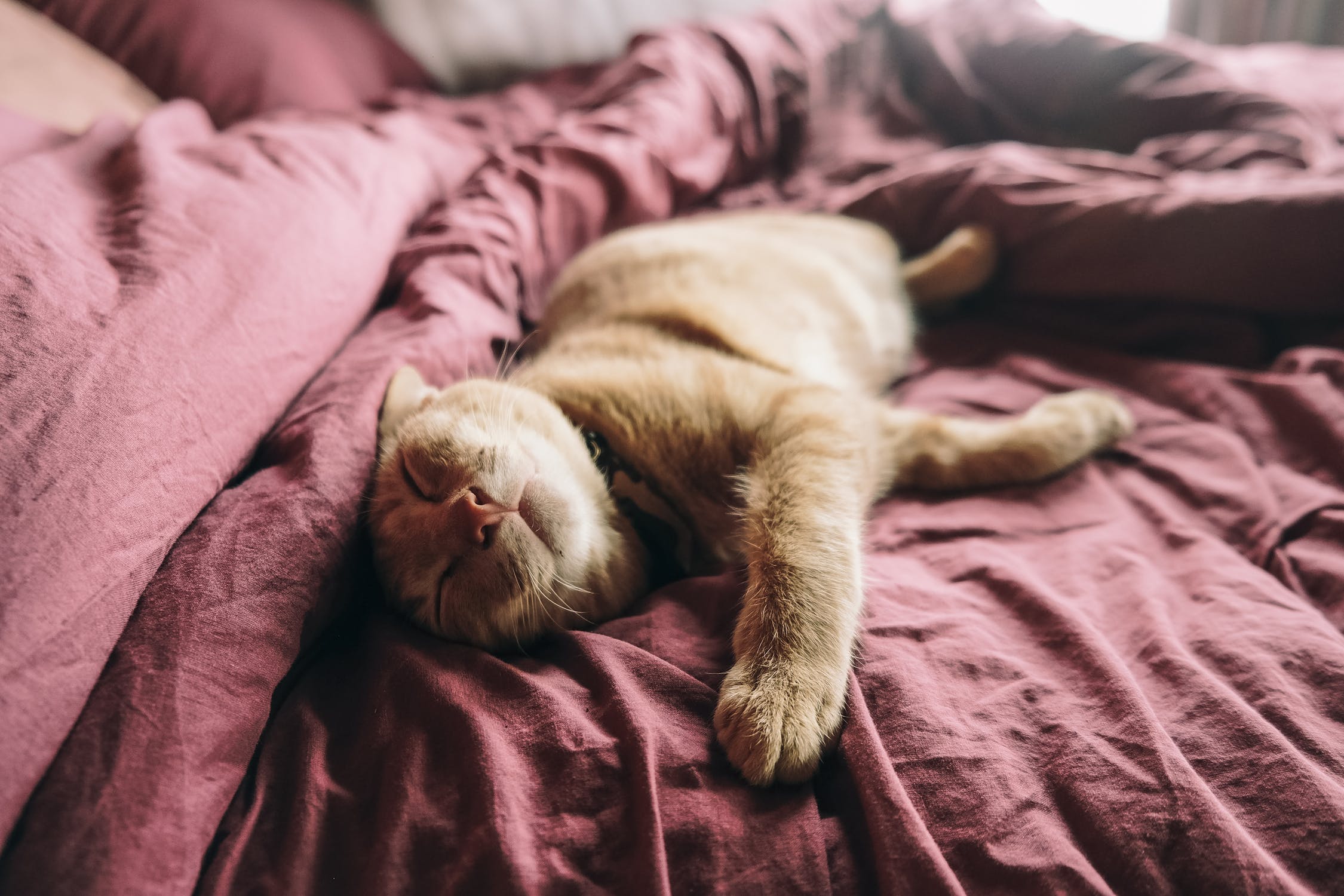
Image Credit: Pexels
Like college graduates, Americans are more likely to own a cat than a dog.
There are an estimated 85.8 million pet cats in the States, compared to around 78 million dogs.
This could be chalked up to people tending to own more than one cat, don’t you think?
7. It’s true that cats were popular in Ancient Egypt.
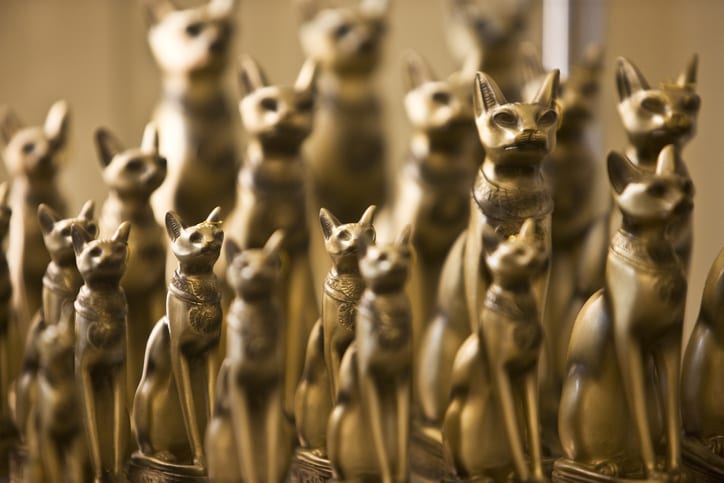
Image Credit: iStock
Ancient Egyptians did more than love cats – they revered them.
One of their goddesses was a half-feline named Bastet, even.
Anyone who harmed or made a cat’s life end and was caught faced pretty harsh consequences, one of which was the ultimately mortal penalty.
6. You can tell a lot about a person who says they hate cats.

Image Credit: iStock
Just based on history, I mean.
Napoleon, Julius Caesar, and Genghis Khan all hated cats, too.
Also, that really bad guy in the middle of WWII.
Yep.
Just sayin’.
5. The myth of the bad-luck black cat is a mystery.
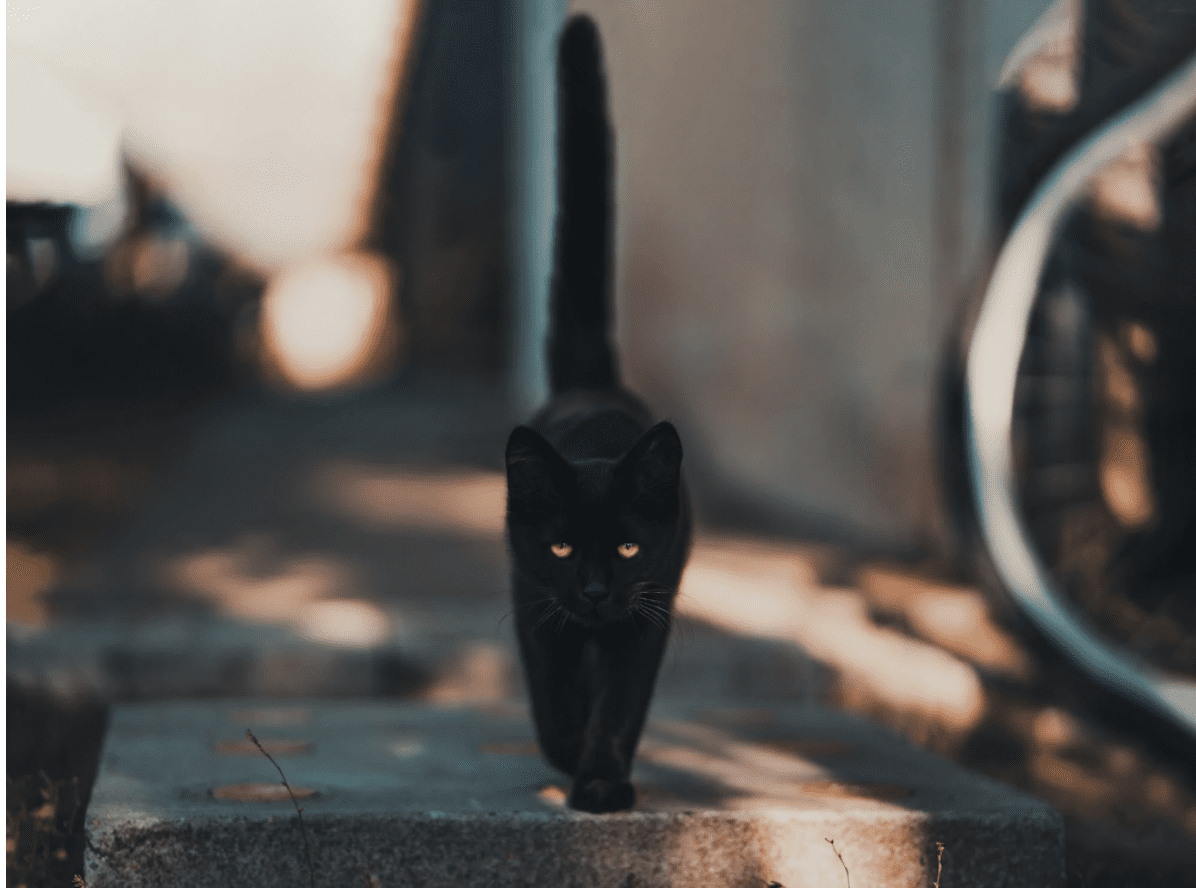
Image Credit: Pexels
All across Western civilization, you’ll find the myth that black cats are a bad omen, but no one really knows how it began.
As early as the Middle Ages, superstitions arose surrounding black cats being the reason for the plague pandemic.
Little did anyone know that by expiring cats, they were also getting rid of the best chance they had to get rid of infected rats, who actually carried the disease.
They eventually became associated with witches, because older, single women often adopted alley cats as companions.
4. In some countries, black cats are considered good luck.
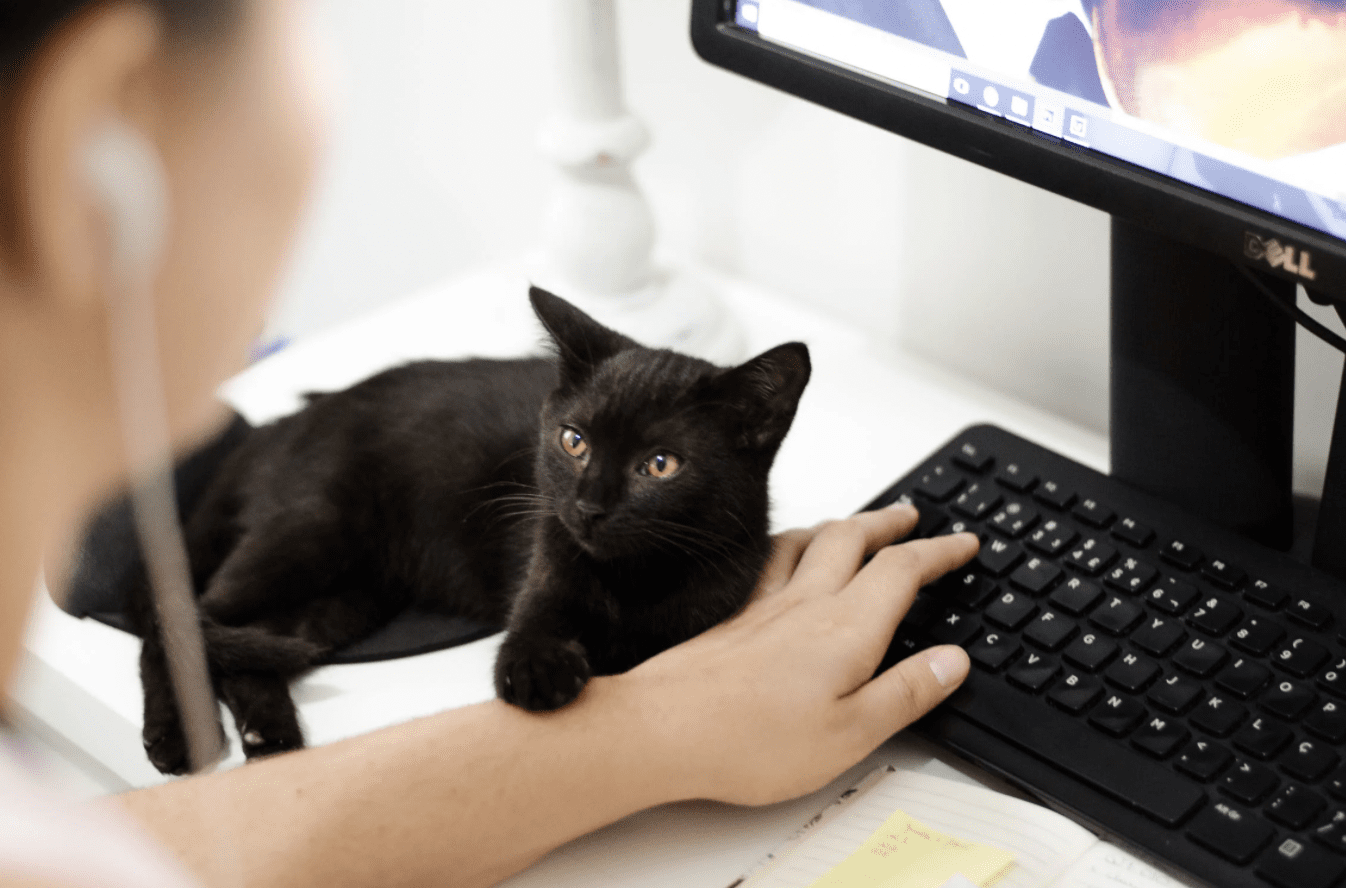
Image Credit: Pexels
In the United Kingdom and Japan, however, a black cat is a symbol of fortune.
New brides are given black cats to bless their marriages in England, and in Japan, they’re considered particularly lucky for single women.
The Germans throw their beliefs way back to Ancient Rome, when anything that came from the left was ominous – so a black cat crossing from left to right was a bad sign, but if it crossed from right to left, the omen was good.
3. Nyan Cat was based on a real cat.

Image Credit: Know Your Meme
The viral meme of a gray cat with a Pop-Tart body who shoots rainbows from its booty was actually based on a real-life cat named Marty.
Marty was a Russian Blue, owned by Nyan Cat illustrator Chris Torres.
2. Cats can jump up to five times their own height.
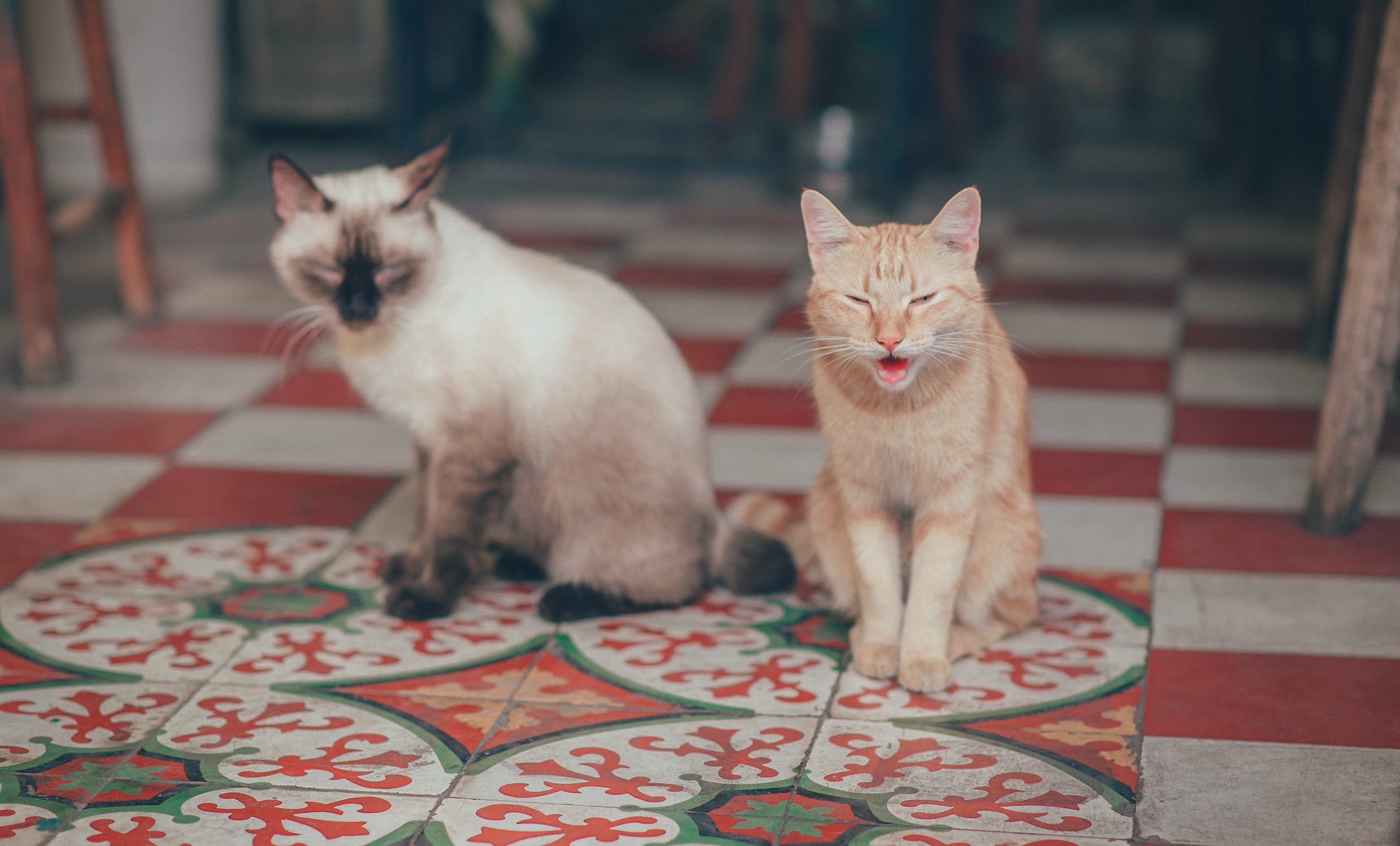
Image Credit: Pexels
Some cats can jump as high as six times their own length, and not only that, they make it look easy.
Too bad there aren’t cat Olympics, because I would totally watch that!
1. Cats can’t taste sweets.

Image Credit: Pexels
It’s sad, but true – if your plate has leftover meat, your cat might want to take a bite, but they’ll leave that piece of cake alone.
With your dog, though, all bets are off.
I’m feeling like I need another cat. Can that be right?
What’s your favorite thing about owning a cat (or being owned by a cat)? Tell us in the comments!






